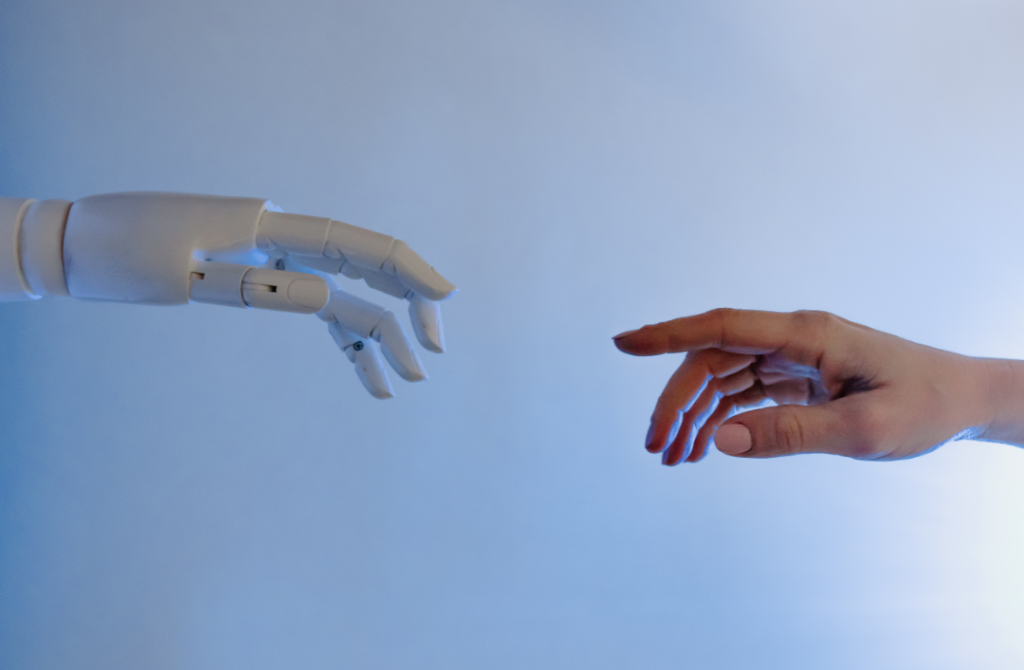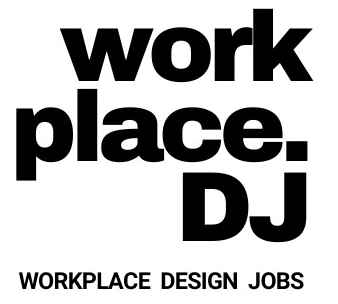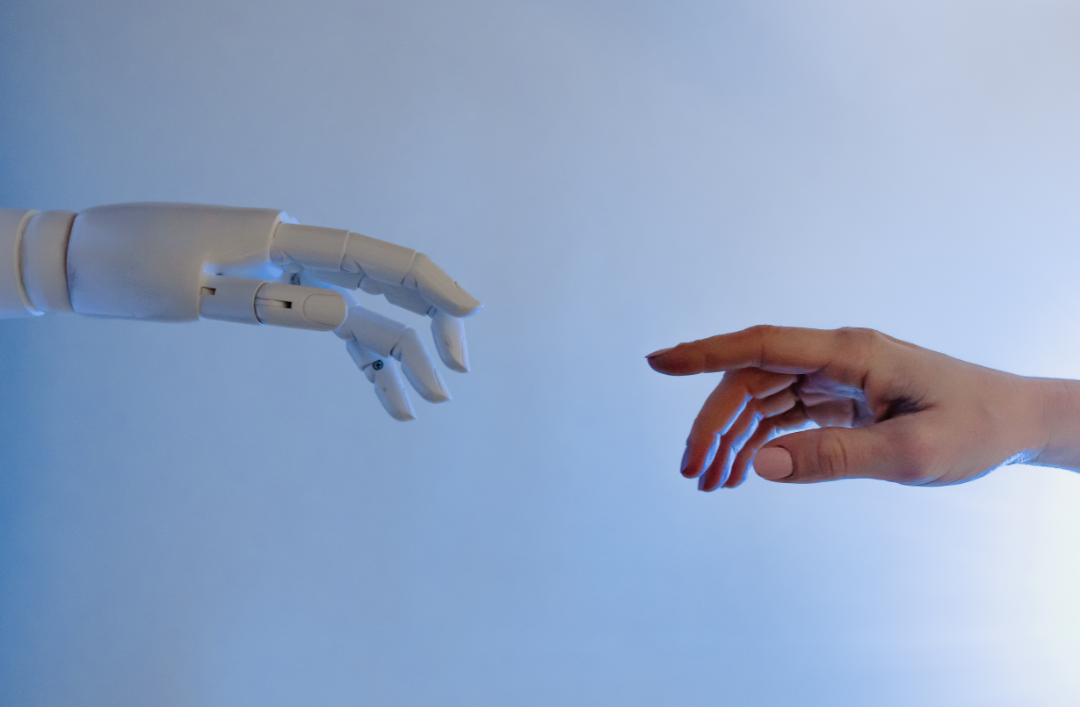AI Workplace Design vs. Human Interior Designers: Shaping the Future of Office Spaces Together
The world of workplace design is evolving, and artificial intelligence (AI) is playing an exciting role in that transformation. As businesses seek to create spaces that boost productivity, foster collaboration, and support employee well-being, AI-powered tools have emerged as a fantastic complement to traditional human interior designers. But with AI’s growing influence, how do the strengths of machines stack up against human creativity, intuition, and personal touch? Let’s dive into how both AI and human interior designers are contributing to the future of office environments—and why they may be even better together.

-The Power of AI in Workplace Design
AI is revolutionising workplace design by providing smart, data-driven solutions that streamline the process and personalise spaces like never before. These tools are incredible at analysing everything from employee movement to lighting conditions and environmental factors, helping to create layouts that optimise productivity and comfort. By leveraging real-time data, AI can quickly generate efficient and thoughtful designs, cutting down the time it usually takes to craft the perfect workspace.
What’s more, AI can offer multiple design iterations in no time. It can take into account factors like temperature control, acoustics, and ergonomics, all tailored to meet the specific needs of a business. Some AI programs even use sensors to track how employees move and work within an existing space, then propose improvements to encourage collaboration or streamline workflows.
The speed and precision of AI are hard to beat. For companies looking for a fast, cost-effective way to revamp their office spaces, AI delivers solutions that are not only practical but based on solid data. It removes some of the guesswork from the design process, helping companies feel confident that their new space will truly meet the needs of their teams.
-Why Human Interior Designers Still Shine
While AI is a powerful tool, human interior designers bring an entirely different set of strengths to the table—creativity, emotional intelligence, and a profound understanding of aesthetics. Designing a workspace isn’t just about data; it’s about creating environments that feel good to be in. Human designers excel at weaving together textures, colours, and materials to create spaces that not only function well but inspire and uplift.
One of the biggest advantages human designers have is their ability to connect with clients on a personal level. They take the time to understand the unique culture, values, and vision of a company. Whether it’s incorporating local art, company history, or vibrant colours to reflect brand identity, human designers add a personal touch that makes each space feel special and tailored.
In addition, human designers have a knack for tapping into the emotional side of design. They understand how people interact with spaces, how lighting can affect mood, or how open-plan offices can foster creativity. From cozy break rooms to energising collaborative zones, human designers think deeply about how a space makes people feel and how it influences their workday experience.
AI vs. Human Designers: A Balanced Approach
-Speed and Efficiency:
AI takes the lead in terms of speed and efficiency. It can analyse data and create designs in a fraction of the time it would take a human designer, making it ideal for quick turnarounds or when businesses need results fast. But is it creative?
-Creativity and Flexibility:
This is where human designers shine. AI can offer many variations of a design, but it tends to stick to patterns and data rules. Human designers, on the other hand, are experts at thinking outside the box, adapting to changing needs, and creating truly unique spaces.
-Cost:
AI can be more budget-friendly, offering efficient solutions without the need for extensive consultations. Human designers, especially those creating bespoke, high-end spaces, may come with higher fees, but the value of their personal insights can make the investment worthwhile.
-Client Relationships:
Human designers offer a one-of-a-kind connection with clients. They understand deeper company values and goals, helping to ensure that the final design reflects the company’s culture and enhances employee experience in a way AI can miss.
-The Future is a Team Effort: AI and Human Designers
Looking ahead, it’s not a competition between AI and human designers—it’s a partnership. AI can handle the technical, data-driven aspects of design, such as optimising layouts and improving energy efficiency. Meanwhile, human designers can focus on the creativity and personal touches that make a space truly feel like somewhere you want to spend your working days.
Together, they offer a beautiful balance of innovation and intuition, allowing businesses to create office environments that are both practical and inspiring. This hybrid approach means that companies get the best of both worlds—spaces that are not only efficient but also full of personality and warmth.
In the end, does this mean there’s no need to choose between AI and human designers? The future of workplace design is about collaboration, where AI’s speed and data-processing power work hand in hand with human creativity and emotional intelligence to create vibrant, functional, and people-cantered workspaces. The future is bright, and it’s designed for success!

